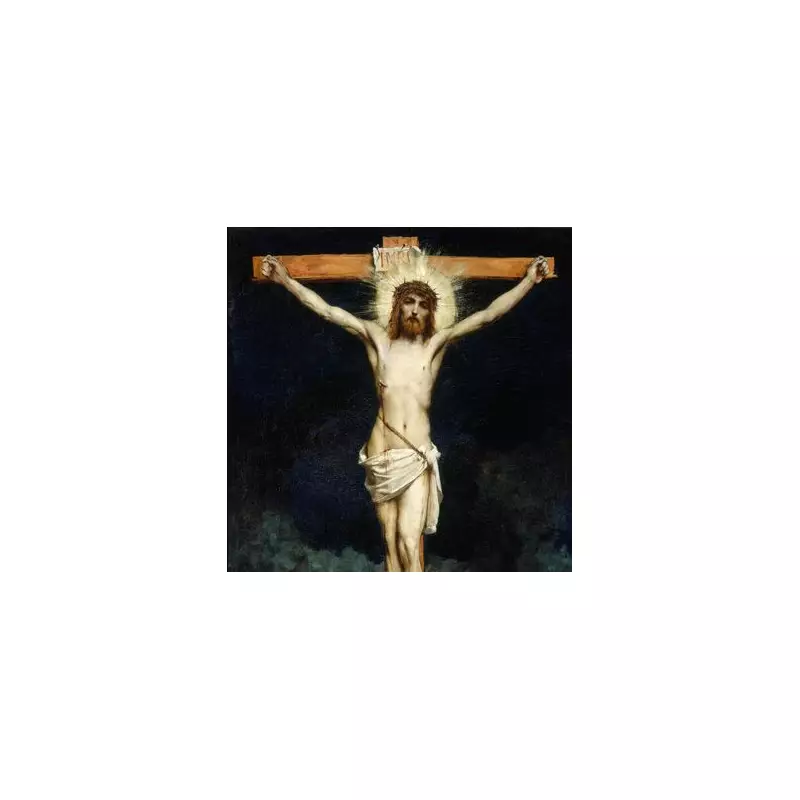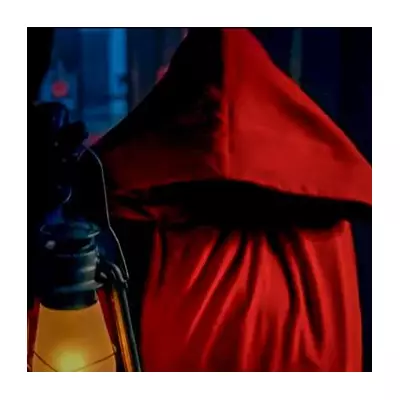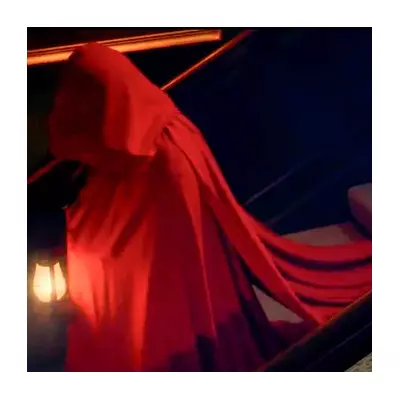
A centuries-old biblical manuscript, long considered forbidden and hidden from public view, has finally been deciphered by scholars, revealing a narrative that dramatically rewrites the earliest chapters of human history.
The extraordinary text, known as the 'Apocalypse of Thomas', was held within the esteemed collections of the University of Manchester's John Rylands Library. For years, its secrets remained locked away, untranslated and inaccessible to the modern world.
The Secret Prophecy of the End Times
This ancient document presents a chillingly detailed prophecy of the End of Days. It describes a series of seven harrowing stages that will heralds the final judgment, moving from famine and disease to terrifying celestial phenomena.
Dr. Garrick Allen, a senior lecturer in New Testament studies at the University of Glasgow, spearheaded the translation. He explains the text's significance: "It gives a scheme of seven days of the end times, and on each day, a new and more terrifying event happens that signals the end."
A Radical Rewriting of Genesis
Perhaps the most explosive revelation concerns the story of Adam and Eve. The translated text boldly claims that the first couple had other children beyond Cain, Abel, and Seth—a notion that completely contradicts the established Genesis account known to billions.
This assertion challenges the very foundation of traditional biblical genealogy, suggesting a hidden lineage that has been erased from mainstream religious teaching for nearly two millennia.
Why Was This Text Forbidden?
The 'Apocalypse of Thomas' is considered part of the apocryphal texts—writings that were excluded from the official canon of the Bible by early Church authorities. Deemed too controversial or not aligning with orthodox doctrine, these texts were suppressed and faded into obscurity.
Its survival is a testament to the few scribes and scholars who preserved it, allowing this alternative version of humanity's origin story to endure through the ages, waiting for its secrets to be unlocked.
The deciphering of this manuscript opens a new window into the diverse and complex world of early Christian thought, reminding us that history, even sacred history, is often more complex and surprising than we imagine.





